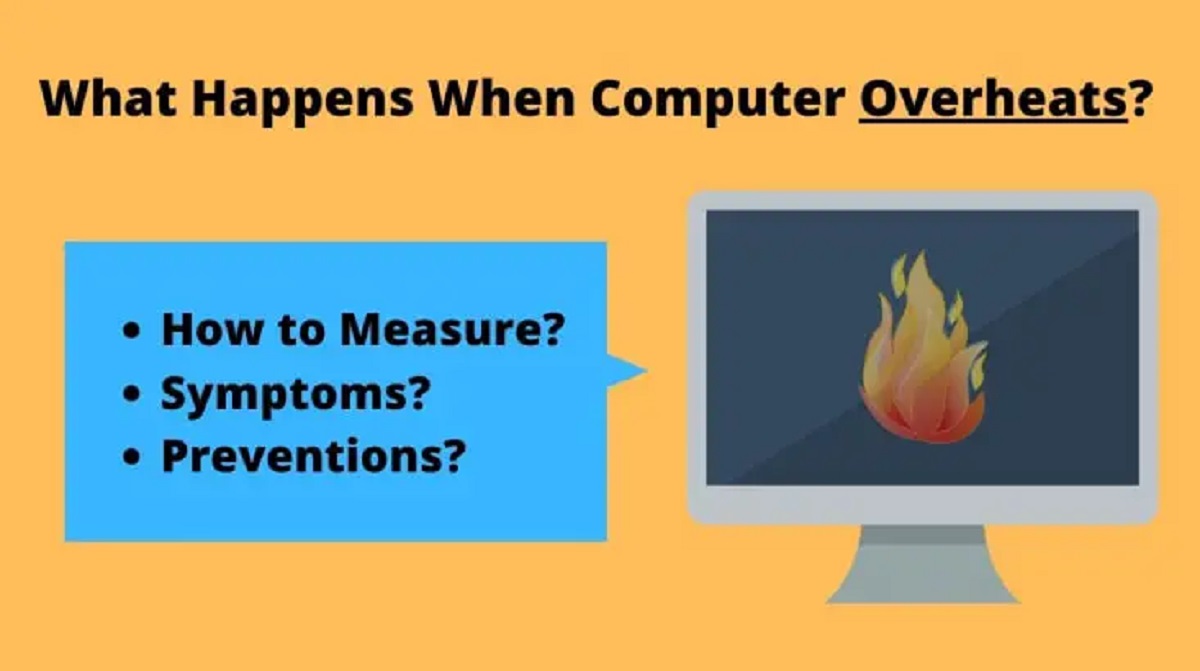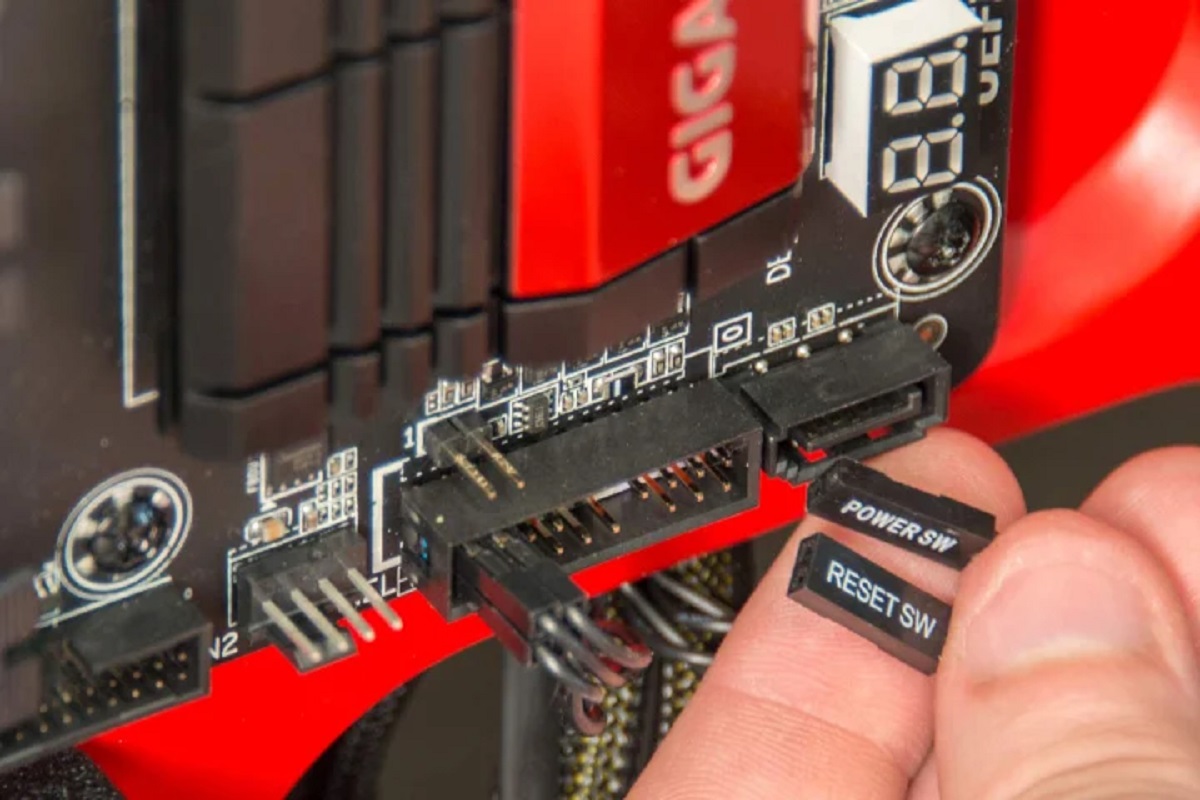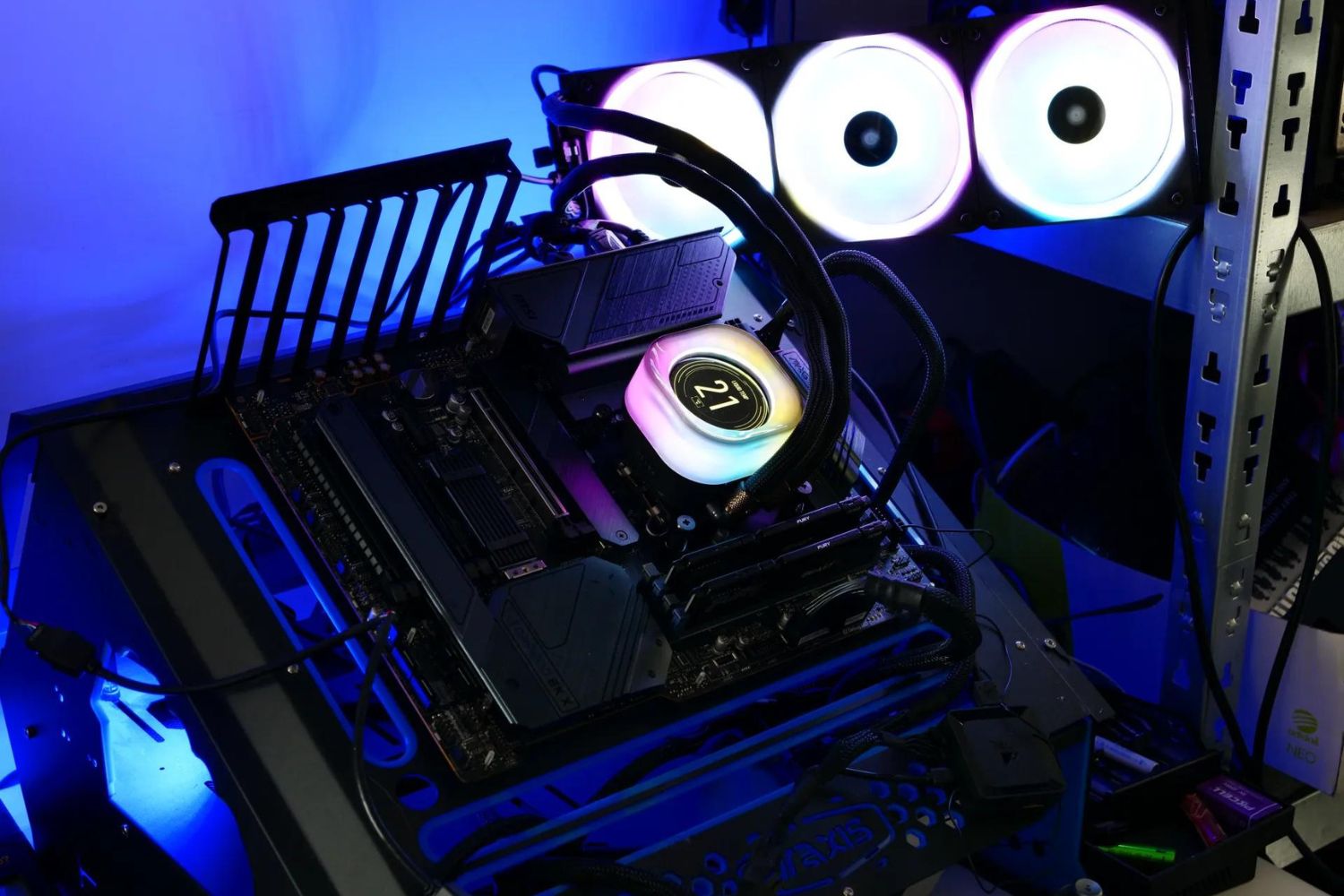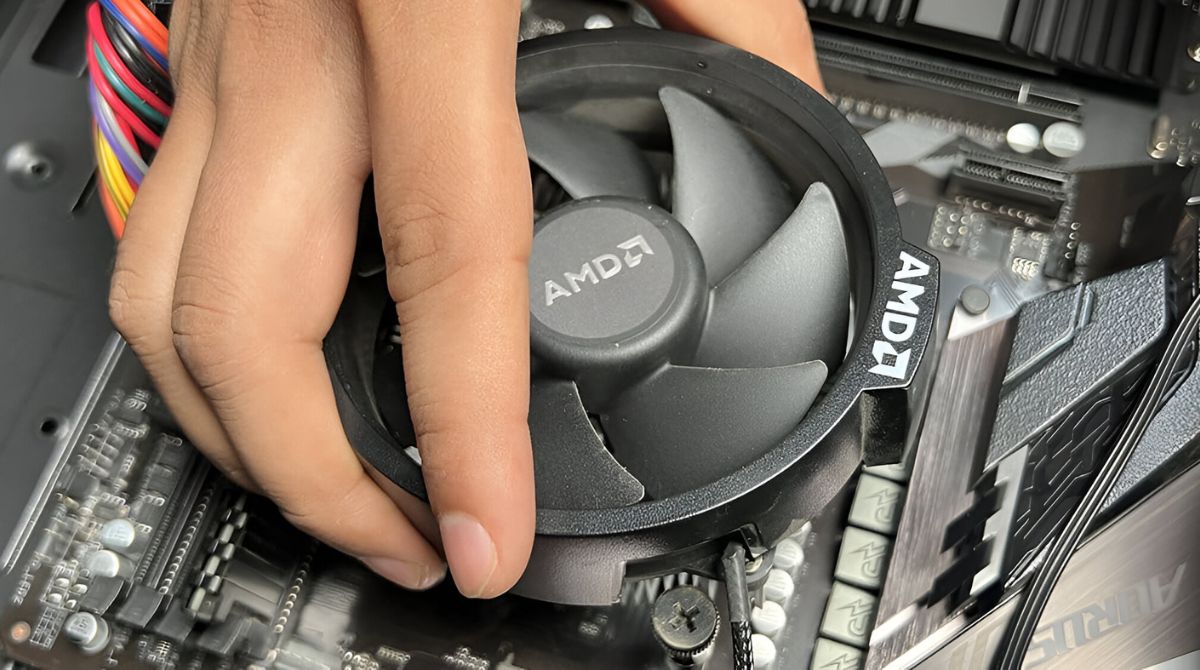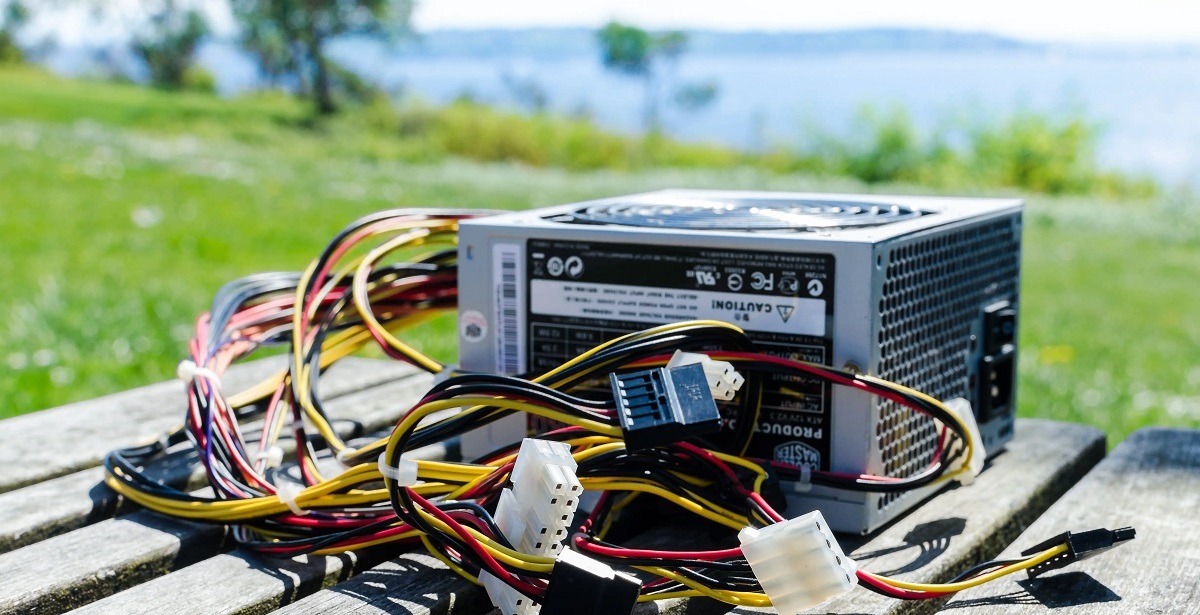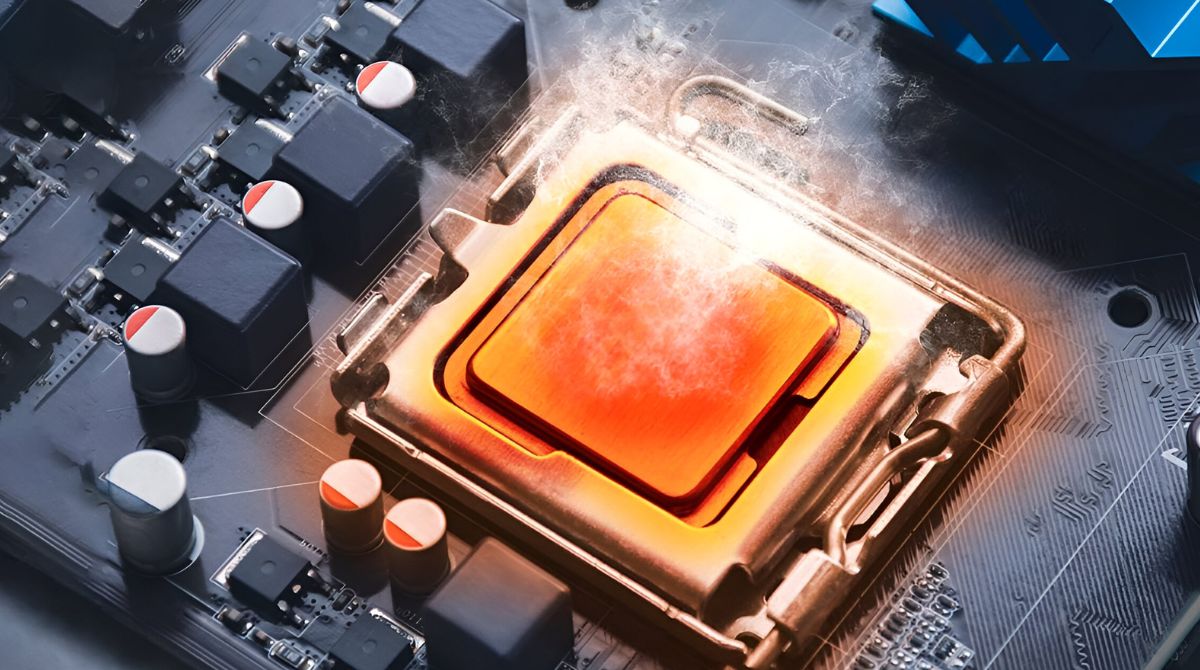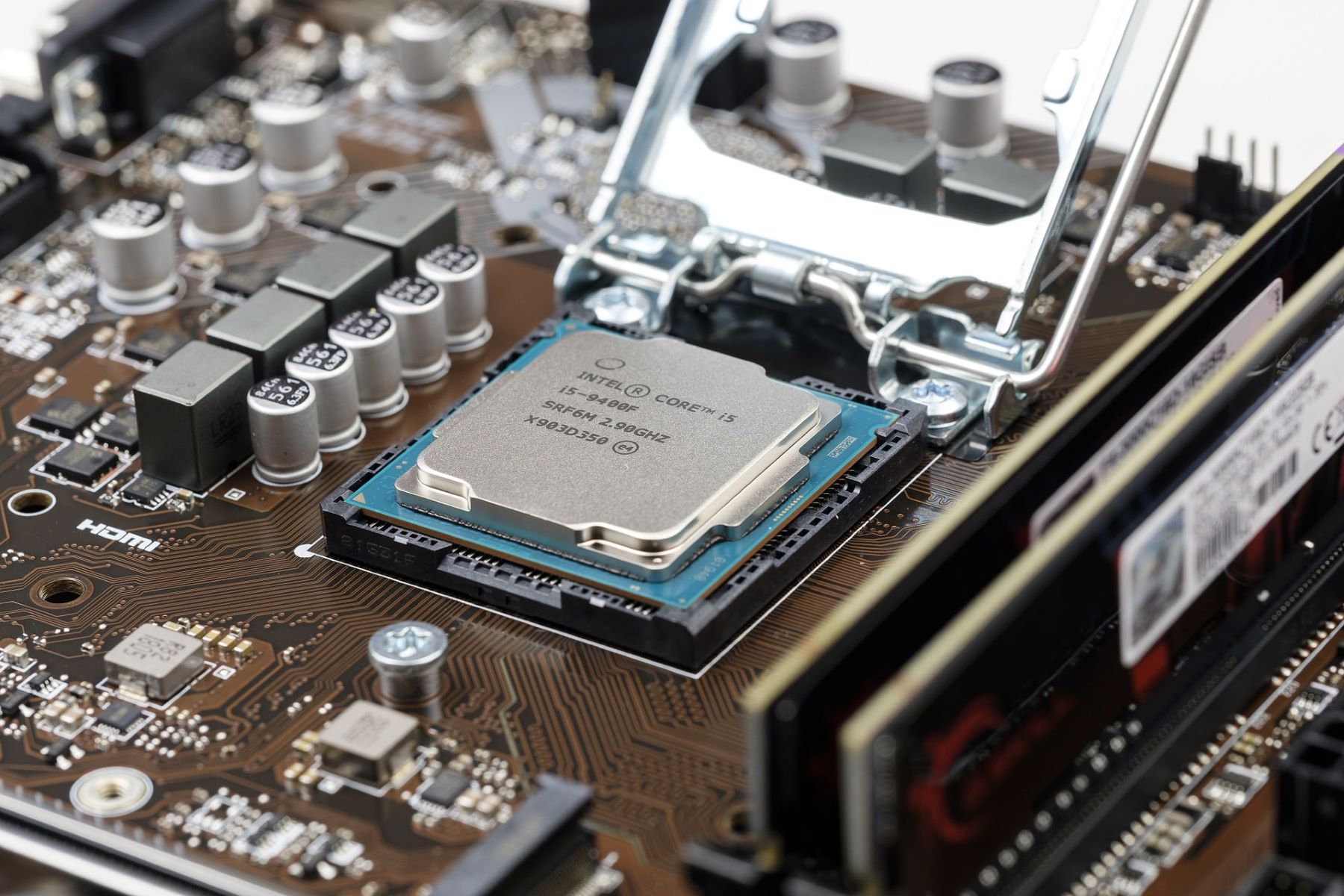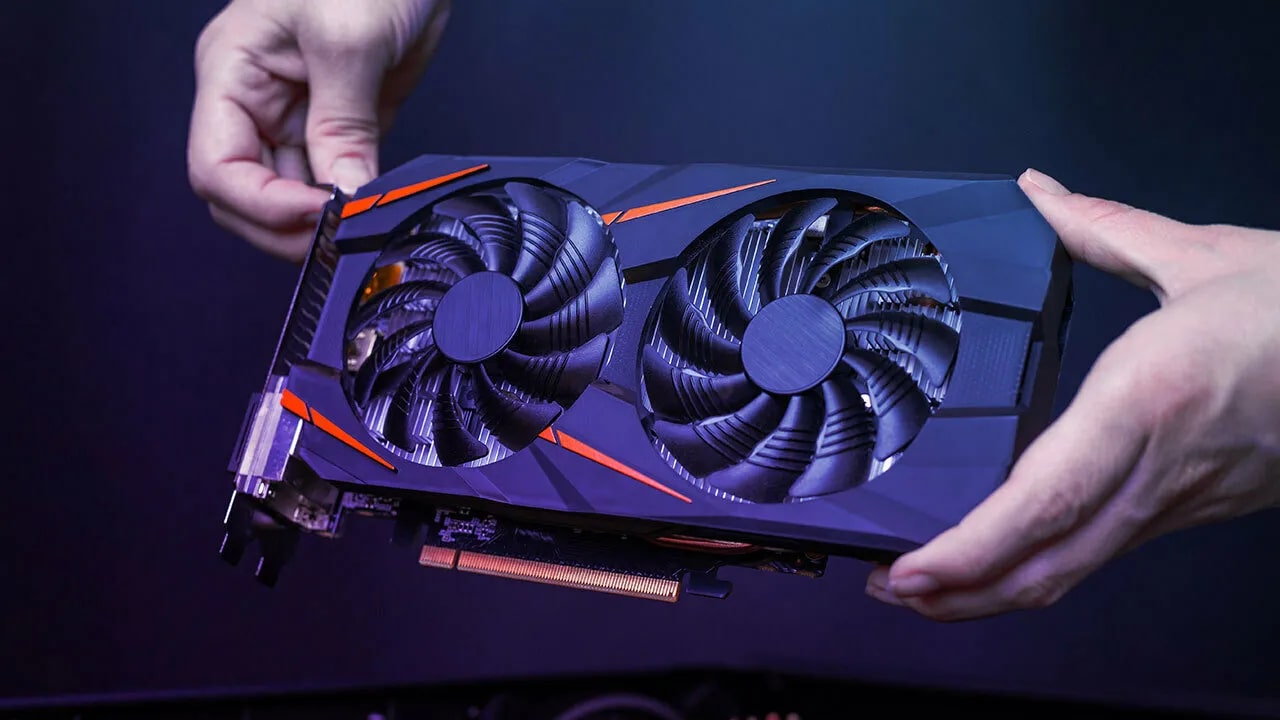Introduction
The central processing unit (CPU) is the brain of any computer system, handling all the complex calculations and operations necessary for its functions. It is an essential component that requires proper care and maintenance to ensure optimal performance and longevity. One of the common issues that can adversely affect CPU performance is overheating.
When a CPU overheats, it can lead to system instability, decreased performance, and even permanent damage. Understanding the causes, warning signs, consequences, and preventive measures for CPU overheating is crucial for every computer user. In this article, we will explore the importance of CPU temperature, the causes of CPU overheating, the warning signs to look out for, the consequences of overheating, and how to prevent and deal with CPU overheating issues effectively.
Monitoring and controlling the temperature of your CPU is vital because excessive heat can significantly impact its performance. When a CPU operates within the recommended temperature range, it can function optimally, ensuring faster processing speeds and smoother multitasking. However, if the CPU temperature exceeds its acceptable limit, it can result in various problems that can hinder your computing experience.
The Importance of CPU Temperature
Maintaining an optimal temperature for your CPU is crucial for its performance and longevity. Overheating can have severe consequences, affecting not only the CPU but also the overall system stability. Understanding the significance of CPU temperature will help you appreciate the necessity of monitoring and controlling it effectively.
When a CPU operates at higher temperatures, it can lead to thermal throttling, which is the automatic reduction of clock speed to prevent damage due to heat. This means that your CPU will slow down to lower its temperature, resulting in reduced performance. Tasks that once ran smoothly may start to lag, and more demanding applications may become unresponsive.
Additionally, when a CPU runs at high temperatures for extended periods, it can shorten its lifespan. Excessive heat puts stress on the delicate components of the CPU, such as the transistor gates and circuits, causing them to degrade faster. Over time, this can lead to permanent damage and overall system failure.
Moreover, overheating can also impact other internal components, such as the motherboard and RAM. High temperatures in the CPU can radiate heat to nearby components, putting them at risk of damage as well. This can result in unstable system performance, frequent crashes, and even data loss.
By monitoring and controlling the CPU temperature, you can ensure that your system operates within the recommended temperature range. This allows for optimal performance and stability, ensuring that your computer can handle intensive tasks without encountering issues. Regularly checking the CPU temperature can also help you identify any potential cooling problems, allowing for early intervention and preventing more serious damage down the line.
Causes of CPU Overheating
Understanding the causes of CPU overheating is essential for effectively preventing and addressing this issue. Several factors can contribute to an increase in CPU temperature, and being aware of them can help you take necessary precautions.
One of the main causes of CPU overheating is inadequate cooling. If your computer’s cooling system, including the CPU fan and heat sink, is not functioning properly or is clogged with dust and debris, it will struggle to dissipate heat effectively. Insufficient airflow within the computer case can also contribute to heat buildup around the CPU.
Another common cause is overclocking. Overclocking is the process of increasing the CPU’s clock speed to achieve higher performance. However, this also leads to increased heat generation. If your CPU is overclocked without adequate cooling measures in place, it can easily exceed its temperature limits and overheat.
Poorly applied or dried-out thermal paste can also cause CPU overheating. Thermal paste helps transfer heat from the CPU to the heat sink efficiently. If the thermal paste is not applied correctly or has dried out over time, it can create a barrier to heat dissipation, resulting in increased temperatures.
A dusty environment can exacerbate CPU overheating. Dust accumulation on the CPU cooler and heat sink can insulate them, hindering heat dissipation. Over time, this can lead to a significant increase in CPU temperature.
Insufficient case ventilation is another cause of CPU overheating. If your computer case does not have adequate airflow or has blocked air vents, it can restrict the movement of fresh air, leading to heat buildup. This can affect not only the CPU but also other internal components.
Lastly, running resource-intensive applications for extended periods can also contribute to CPU overheating. Tasks such as video editing, gaming, and running virtual machines can put a heavy load on the CPU, causing it to generate more heat than usual. If the cooling system cannot handle the increased heat production, the CPU can overheat.
Being aware of these causes and taking appropriate measures to address them can significantly reduce the risk of CPU overheating. Regular cleaning, adequate cooling, proper application of thermal paste, and avoiding excessive overclocking are some of the preventive actions you can take to keep your CPU temperature in check.
Warning Signs of an Overheating CPU
Identifying the warning signs of an overheating CPU is essential to prevent potential damage and address cooling issues promptly. Several indicators can point to an excessively high CPU temperature, and recognizing these signs can help you take appropriate action.
One common warning sign is system slowdown or decreased performance. If your computer suddenly starts to lag, applications take longer to load, or tasks that were previously smooth become sluggish, it could be an indication of an overheating CPU. When the CPU temperature rises, it can trigger thermal throttling, causing the CPU to automatically reduce its clock speed to lower the temperature, resulting in decreased performance.
Frequent system crashes or sudden shutdowns can also be signs of an overheating CPU. As the temperature rises beyond safe levels, the computer may shut down abruptly to prevent any potential damage. This is a protective measure implemented by the system to avoid permanent hardware failure.
Unusual and constant fan noise is another warning sign. If you notice that your computer’s fans are running at high speeds consistently or making loud noises even during idle tasks, it may indicate that the CPU is generating excessive heat. The fans will try to compensate for the increased temperature by running at higher speeds to cool down the system.
Excessive heat emanating from the computer case is also a warning sign of an overheating CPU. If you feel intense heat radiating from the vents or the area around the CPU, it suggests that the CPU temperature is exceeding its limits and needs attention. However, be cautious when touching the computer as it may be hot and potentially burn your skin.
In some cases, the computer may display error messages or warning notifications related to the CPU temperature. These messages can vary depending on the operating system or motherboard manufacturer but commonly indicate high CPU temperatures or cooling system failures. Pay attention to any such notifications as they can provide valuable information about the CPU’s overheating status.
If you experience any or a combination of these warning signs, it is crucial to take immediate action. Ignoring an overheating CPU can lead to permanent damage and compromise the overall system stability. By addressing the cooling issues promptly, whether through cleaning, improving airflow, or seeking professional assistance, you can prevent further complications and ensure the longevity of your CPU.
Consequences of CPU Overheating
Ignoring or neglecting an overheating CPU can have severe consequences, both in terms of performance and the overall lifespan of your computer system. Understanding the potential ramifications of CPU overheating is crucial for prioritizing proper cooling measures and taking necessary action.
One of the immediate consequences of a consistently overheating CPU is a noticeable decrease in performance. As the CPU temperature rises, it triggers thermal throttling, which causes the processor to slow down to prevent damage due to the excess heat. This can result in slower processing speeds, laggy performance, and an overall sluggish computing experience. High CPU temperatures can also lead to application crashes and freezes, making it difficult to run resource-intensive tasks smoothly.
Overheating does not only impact the CPU itself but can also affect other components in the computer system. Excessive heat radiating from the CPU can transfer to nearby components, including the motherboard, RAM, and graphics card. These components are sensitive to temperature fluctuations and can experience performance degradation, stability issues, and even permanent damage when exposed to prolonged high temperatures.
Perhaps one of the most severe consequences of CPU overheating is the potential for permanent damage to the processor. As a CPU operates beyond its recommended temperature range, the delicate internal components can degrade faster, leading to malfunctions and failures. Over time, this can result in irreversible damage that may require replacing the CPU entirely, which can be a costly and time-consuming process.
Another consequence to consider is the impact on data integrity and loss. When a CPU overheats, it can lead to sudden system shutdowns, which can cause data corruption or loss if files are not saved or properly backed up. Additionally, unstable performance caused by overheating can hinder the reliability of data-intensive tasks, such as rendering videos or performing complex calculations, potentially leading to errors or incomplete results.
Finally, chronic CPU overheating can significantly reduce the lifespan of your computer system. Frequent exposure to high temperatures puts stress on the CPU and other internal components, accelerating wear and tear. A shorter lifespan means more frequent replacements or upgrades, resulting in increased expenses and potential disruptions to your workflow or daily activities.
To mitigate these consequences, it is crucial to prioritize adequate cooling measures and regularly monitor the CPU temperature. By implementing proper cooling solutions, such as cleaning dust buildup, improving airflow, using quality thermal paste, and maintaining a well-ventilated environment, you can prolong the lifespan of your CPU, improve system performance and minimize the risks associated with CPU overheating.
How to Prevent CPU Overheating
Preventing CPU overheating is essential to maintain optimal performance, prolong the lifespan of your computer system, and avoid potential damage. Here are some effective measures you can take to prevent CPU overheating:
1. Ensure proper airflow: Make sure your computer case has proper ventilation and sufficient airflow. Remove any obstructions around the case vents and position the computer in a well-ventilated area. Consider using additional case fans or even liquid cooling solutions for more efficient heat dissipation.
2. Clean regularly: Dust accumulation can hinder proper air circulation and cause overheating. Regularly clean the computer case, CPU fans, and heat sinks using compressed air or an anti-static brush. This will help remove dust and debris, allowing for better cooling.
3. Apply high-quality thermal paste: Thermal paste is a compound used to enhance heat transfer between the CPU and the heat sink. Ensure that the thermal paste is applied correctly and consider using high-quality, thermal conductive pastes for optimal heat dissipation.
4. Monitor temperature: Keep an eye on your CPU temperature using monitoring tools or software. This will allow you to detect any sudden temperature spikes or abnormal behavior and take immediate action.
5. Avoid overclocking: While it may seem tempting to increase the performance of your CPU through overclocking, it can greatly increase heat generation. If you are not experienced in overclocking or do not have adequate cooling measures, it is advisable to avoid this practice to prevent overheating.
6. Use a quality CPU cooler: Investing in a quality CPU cooler, such as an aftermarket air cooler or a liquid cooling system, can greatly improve heat dissipation and prevent overheating. Consider the specific cooling needs of your CPU and choose a suitable cooler.
7. Maintain an ambient temperature: Ensure that the room or environment in which your computer operates is within a reasonable temperature range. High ambient temperatures can make it more challenging for the cooling system to keep the CPU temperature in check.
8. Avoid blocking air vents: Ensure that no objects are obstructing the air vents on your computer case. Blocking these vents can impede the flow of cool air, leading to increased temperatures inside the case.
By following these preventive measures, you can significantly reduce the risk of CPU overheating and maintain a stable and efficient computer system. Remember that prevention is key, and taking proactive steps to ensure proper cooling can save you from potential performance issues and costly hardware damage.
What to Do If Your CPU Overheats
Discovering that your CPU is overheating can be alarming, but there are several steps you can take to address the issue and prevent further damage. If you suspect that your CPU is overheating, here’s what you can do:
1. Shut down your computer: If you notice that your CPU temperature is excessively high, the first step is to shut down your computer. This will help prevent any potential damage to the CPU or other components.
2. Check cooling system: Once your computer is powered off, inspect the cooling system. Check if the CPU fan is spinning properly and ensure that the heat sink is not blocked by dust or debris. Clean the fan and heat sink if necessary to improve cooling efficiency.
3. Improve ventilation: Check the computer case to ensure that it has proper ventilation. Clear any obstructions around the vents and consider repositioning the computer to a well-ventilated area, away from walls or furniture that may hinder airflow.
4. Reapply thermal paste: If you are experienced with computer hardware, you can consider reapplying thermal paste between the CPU and heat sink. Remove the old thermal paste, clean the surfaces, and apply a new, thin layer of thermal paste to ensure efficient heat transfer.
5. Upgrade cooling system: In some cases, the existing cooling system may not be sufficient to handle the heat generated by the CPU. Consider upgrading to a more powerful CPU cooler, such as an aftermarket air cooler or liquid cooling solution, to effectively dissipate heat.
6. Monitor temperature: After taking the necessary cooling measures, monitor the CPU temperature using monitoring software. Ensure that the temperature stays within the recommended range during regular usage and under heavy loads.
7. Seek professional assistance: If you are unsure or uncomfortable with troubleshooting hardware components, it is advisable to seek professional help. A computer technician can diagnose the issue and provide appropriate solutions, ensuring the optimal functioning of your CPU and overall system.
Remember, prevention is key to avoiding CPU overheating. Regularly clean and maintain your computer, ensure proper airflow, and monitor the temperature to prevent overheating issues from occurring in the first place. By taking proactive steps, you can ensure the longevity and performance of your CPU while avoiding potential hardware damage.
Conclusion
Maintaining an optimal CPU temperature is crucial for the proper functioning and longevity of your computer system. CPU overheating can lead to performance issues, system instability, and even permanent hardware damage. However, by understanding the importance of CPU temperature, identifying the causes of overheating, and implementing preventive measures, you can effectively prevent and address the issue.
Regularly monitoring the CPU temperature, ensuring proper cooling and airflow, and avoiding excessive overclocking are important preventive steps. Cleaning the cooling system, reapplying thermal paste, and upgrading the cooling system when necessary are measures that can significantly improve heat dissipation.
Recognizing the warning signs of an overheating CPU, such as system slowdown, fan noise, and sudden shutdowns, allows for timely intervention. Addressing these warning signs by investigating cooling issues, improving ventilation, and seeking professional assistance when needed can help prevent further damage and ensure the stability of your computer system.
By taking proactive steps to prevent CPU overheating, you can ensure optimal performance, extend the lifespan of your CPU, and minimize the risk of data loss or hardware failure. Remember to regularly clean and maintain your computer, monitor the CPU temperature, and promptly address any cooling issues that arise.
Taking care of your CPU’s temperature not only improves its longevity and performance but also enhances your overall computing experience. By prioritizing proper cooling measures, you can enjoy smoother multitasking, faster processing speeds, and a stable system that can handle demanding tasks effectively.
In conclusion, maintaining a cool and healthy CPU is essential for a well-functioning computer system. By implementing the preventive measures outlined in this article and promptly addressing any overheating issues, you can ensure that your CPU operates optimally and avoid potential damage that could compromise your computing experience.







